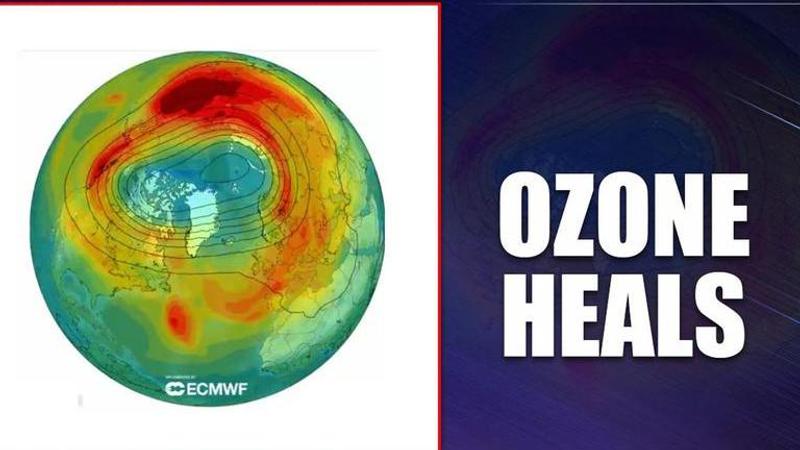Published 01:35 IST, April 27th 2020
Record-size ozone hole over north pole heals due to polar vortex, scientists confirm
As per reports, high-altitude currents called polar vortex are responsible for bringing cold air to north pole and the subsequent healing of the ozone layer.

In a big relief to scientists, the largest ever hole in the ozone layer observed above the Arctic has now closed. The Copernicus Atmosphere Monitoring Service (CAMS) of the European Centre for Medium-Range Weather Forecasts (ECMWF) confirmed the development. The organisation had been monitoring the unusual hole since it was first observed in March 2020.
The CAMS in its report observed that while ozone holes developing over the Antarctic in spring have been an annual phenomenon for some time now, the conditions underlying for such strong ozone depletion are not normal in the Northern Hemisphere. Researchers attributed it to temperatures fluctuations as the Arctic ozone columns reached record-breaking lows values and severe depletion was recorded at altitudes of about 18 km.
As per reports, high-altitude currents called the polar vortex are responsible for bringing cold air to the north pole and the subsequent healing of the ozone layer. Scientists have added that reduced levels of human activities are not responsible for the change.
Ozone Layer Depletion
Ozone is a colourless gas primarily found in Earth's Stratosphere, forming a protective layer that absorbs harmful ultraviolet rays from the sun. The ozone layer has been under stress for decades now because of human activities.
The first extreme damage to the ozone layer was first observed in 1985 and was called the Antarctic ozone hole. It was later noted that man-made chemical compounds called chlorofluorocarbons (CFCs) had caused the drop in ozone concentration in the Stratosphere.
In 1987, the Montreal Protocol was adopted to check the production and consumption of CFCs which later led to a complete effective ban on the chemical compound, putting the ozone layer on a path to recovery. However, long-lived CFCs in the atmosphere continue to affect ozone levels to this day, as per reports.
Updated 01:35 IST, April 27th 2020



